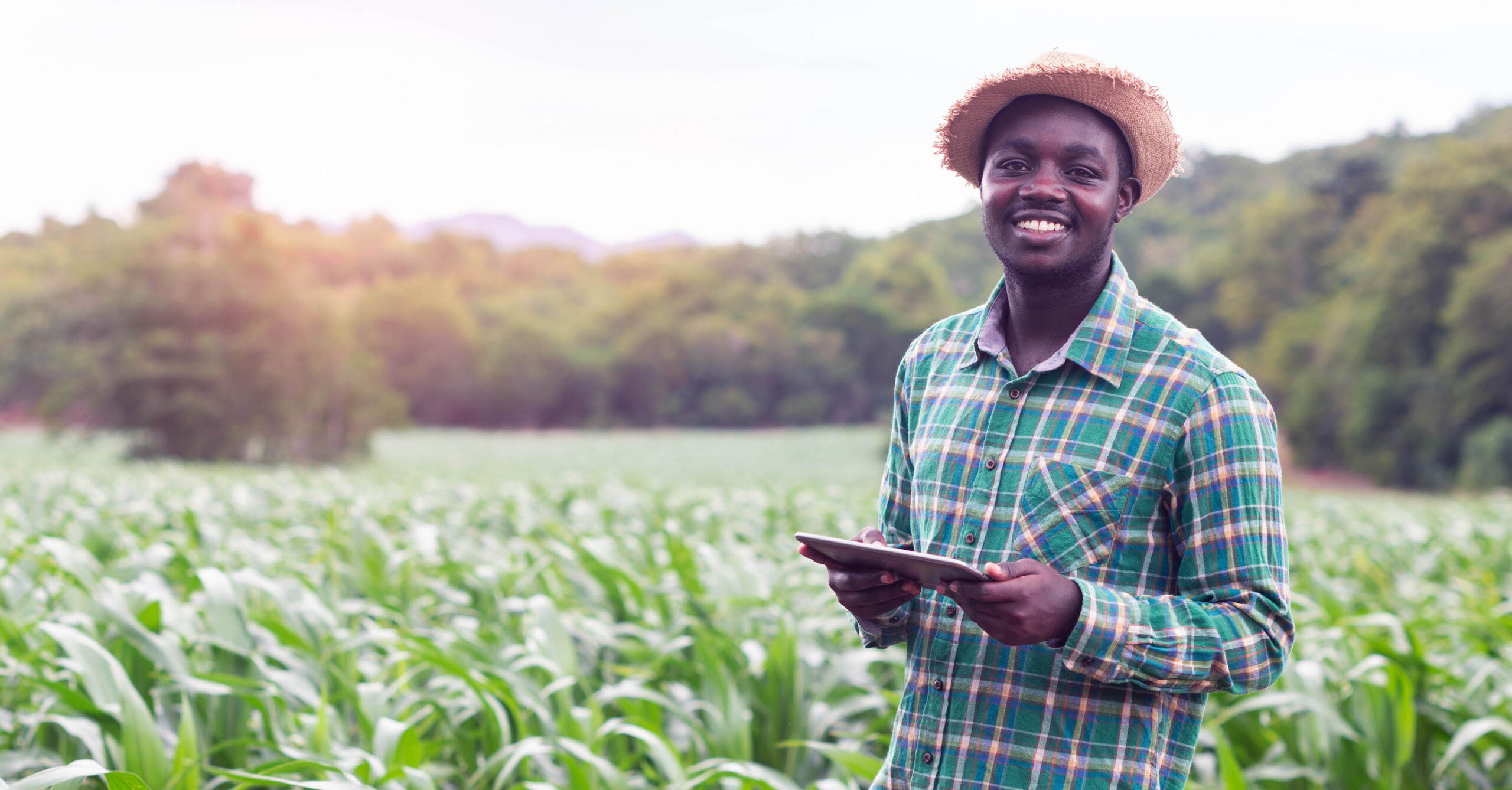<< Back to Media
Digital Technology Bolsters Development Goals
June 26, 2020

Early this year the U.S. Agency for International Development (USAID) released its strategic vision for leveraging technology to advance its development objectives. The new USAID Digital Strategy 2020-2024 introduces the risks and opportunities for technology as a method of achieving USAID development goals. The strategy also reiterates the Agency’s commitment to strengthening digital ecosystems with its partner countries around the world.
USAID uses digital technology, including using social media, fintech, telemedicine, geospatial analysis, communications technology, blockchain, machine learning, and complex data analysis to strengthen their development projects and outcomes. Below are a few ways USAID uses digital technology to achieve these goals.
- Decrease government service-delivery costs by reducing waste and fraud in the distribution of public benefits.
In India, smartcard-enabled benefit payments reduced demand for bribes by almost 47%, which saved an estimated $38.7 million from leakage. - Employ digital financial services to make transactions cheaper, more accessible, and more secure, as well as encourage financial resiliency during economic downturns.
The mobile-money system M-Pesa has significantly reduced consumption volatility among Kenyan families when hit with a negative income shock. - Allocate resources and assist the underserved and disabled more efficiently.
eKitabu, a Kenya-based nonprofit funded by USAID, translated Kenyan Sign Language (KSL) into an online visual glossary, produced KSL videos, and created visual storybooks to introduce KSL to early-grade readers. - Increase economic activity by reducing barriers to international trade.
The Ethiopian Commodity Exchange (ECX) gives small farmers the opportunity to participate in international markets and provides real-time prices on agricultural products over the phone or online, which increases farmer revenue and reduces traders’ margins by almost half in select industries. - Strengthen land tenure systems.
USAID’s Mobile Applications to Secure Tenure (MAST) has digitally mapped and documented land tenure in a number of countries. - Empower young entrepreneurs and leaders to innovate and drive change.
USAID’s YouthMappers, an international university consortium on Mapping for Resilience, has organized more than 5,000 students at more than 150 university chapters to generate open-source geospatial data for humanitarian and development use.
The field of development is ripe with opportunities for technology adoption.
One particularly empowering example is USAID’s Women Connect Challenge. In developing countries, the gender gap in internet usage has grown to a stark 25 percent. Closing this gap would mean more financial independence for women, greater access to education, and overall more financial stability for families around the world. The Women Connect Challenge has awarded nine organizations $100,000 dollars to close the digital gender gap. From providing women with offline Internet browsing to tailored training in micro-entrepreneurship to opportunities to become network engineers, these organizations have empowered thousands of women in developing countries to improve their educational, social, and financial situations through the use of digital technology.
Digital Strategy and COVID-19
USAID released its digital strategy around the same time the COVID-19 virus began to spread across national borders. Over the course of a few months, COVID-19 has become one of the most pressing health and developmental challenges of this century.
Development professionals have identified technology as one of the best tools to combat the health, social, and economic fallout of the pandemic. In India, for example, USAID’s health system strengthening project, NISHTHA, quickly developed an online learning resource package and training plan for frontline health workers in program intervention states as a proactive response to the virus. This allowed health workers in remote locations to receive up-to-date training on COVID-19 prevention and mitigation.
The need for digital technology perhaps has never been more critical. The USAID Digital Strategy 2020-2024 will play a leading role in the Agency’s response to the global pandemic in its partner countries and in the overall Journey to Self Reliance.
Digital Technology at WBD
Here at Washington Business Dynamics, our USAID Private Sector Engagement (PSE) Support Mechanism team prepared and delivered to USAID a list of “competencies” in technical advancements for USAID staff and partners to achieve in their upgraded Client Relationship Management (CRM) system. WBD’s strategic advisory and insight regarding technology-related CRM tools is changing the way that USAID is managing relationships with key private sector actors and how they form vital partnerships to tackle some of the world’s most pressing challenges.
With future WBD training in these CRM capacities, staff at USAID headquarters and in missions around the world can better engage with the private sector in technological advancements that address the current health crisis and advance U.S. development goals abroad.
About the author: Mary Jane Maxwell is a Lead Consultant at Washington Business Dynamics (WBD). She supports the firm’s Private Sector Engagement Support Mechanism award at USAID, bolstering the Agency’s capacity to work hand-in-hand with business, industry, and private enterprise to unlock private investment and achieve sustainable development outcomes at greater scale.
